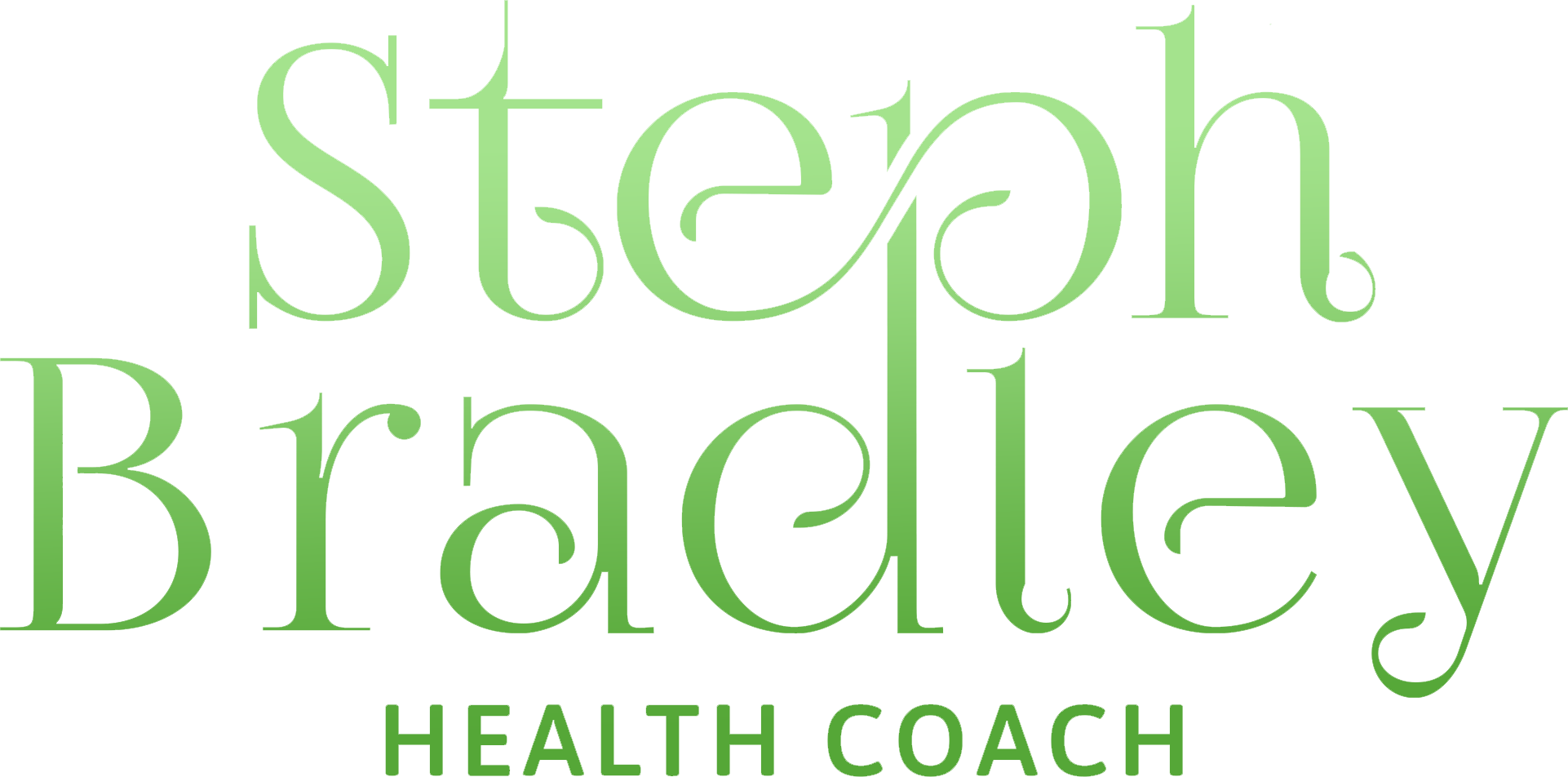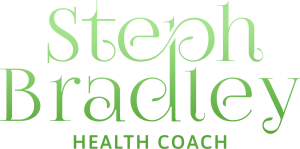What Should I Have for Breakfast?
I was raised in a family whose culture was to get up in the morning, pour something beige or yellow coloured into a bowl from a box with a plastic bag inside, top it off with milk and sprinkle liberally with sugar. Then perhaps, if we were still hungry, we could finish the feast off with a couple of pieces of toast, topped with lashings of butter, ideally layered on while the toast was still hot, so that it would dribble off the toast, occasionally down your arm and off the end of your elbows.
And of course, I was always still hungry. I didn’t matter how many cubes or cups of crunchy geometrical or irregular shapes I could fit into my bowl, it was never enough. And that toast…. It was delicious. I tended to alternate between vegemite, peanut butter, and jam. I occasionally had such a grapple with which of the three usual suspects to choose from, given I only usually had two pieces of toast, that sometimes I would even halve the slices so I could have all three spreads. But then, which should I put on the fourth quarter!? Vegemite, no peanut better, no jam, maybe a different flavour of jam…..?
This breakfast ritual was a rite of passage for many NZ kids in the ‘80’s and ‘90’s and interestingly, still many people regard cereal and toast as a staple of their diets. We have been long conditioned to believe, due to the wizardry of food marketing, that “breakfast” is synonymous with “cereal” or “toast”. Such cereals are often still labelled as being health promoting on the basis that they have some natural ingredients, such as oats or whole grains, and perhaps are ‘fortified’ with vitamins and minerals.
The truth we now know is that we wanted the toast was because the cereal simply went down without hitting the sides! While it tastes delicious and appeals to our evolutionary desires to have fast acting sugars (in case a famine is coming), cereals are void of nutrients and fibre and thus, have our bodies screaming for more food, “I’M STILL STARVING” our stomachs protest. As a society, reliance on boxed cereals, breads and grains as a primary food has us under nourished and over-fed. These ‘food stuffs’ are full of calories and energy, they fill a stomach if you eat enough, but leave the body craving nutrients. This is why we want more! And then, as they are processed very quickly by the body, the stomach empties within hours, our blood sugar levels plummet and we start growling around the kitchen only hours later, hungry once again.
Food manufacturing companies benefit hugely from our appetite for grains. They know that any food which lacks the elements that our body need, only force us to eat and buy more, lining the pockets of these industries with every meal! According to Wiki, The breakfast cereal industry makes a gross profit of 40–45% and have a 90% penetration in some markets. They have had steady and continued growth throughout its history. Lobbying from these mega giants to our governments around the world empowered the development and roll out of the Food Pyramid in 1992, introduced by the United States Department of Agriculture (USDA). This triangle was promoted in schools and health settings everywhere. It heroed grains above all other food, resulting in a human population that grew in terms of both body size and health struggles directly proportionate to the bank accounts of the companies that peddled them.
But what’s the alternative? What are we supposed to eat for breakfast?
Well, it takes a paradigm shift to think about breakfast differently. And it really helps to take yourself back a few hundred thousand years. When humans weren’t too different to us. Back then, despite perhaps a little more hair, we were genetically nearly identical. Back then, they didn’t have Coco Pops or Neutragrain growing in trees. (But I tell you what, if they did, guess what they would have had for breakfast, lunch and dinner!) Our ancestor didn’t roll over in their caves, kick off their animal fur sleeping bags, have a big stretch and say to each other, “what do you want on your toast today darling”? They’d wrap up warm in their animal hides and go out to find a feed in the wilderness. The season would have determined what they had for breakfast. Sometimes it would be greens and root vegetables. Other times, meat, fish, or eggs. But never Crumpets. And never Pop Tarts.
So, breakfast can be anything from the earth. Whole foods. The less they have been messed with by mankind, the better they are for your first meal after a long slumber. I like to go for a big pile of vegetables, steamed, stir-fried, or roasted. Or perhaps a salad. Add some cucumber, some avocado or healthy oils. A plant-based eating has been identified as the natural diet for our human species, so I overload on vegetables. Then I throw some protein on the side, perhaps last nights left over meat or some beautiful free-range eggs, a gift from my chickens each morning. Breakfast can be just the same as any other meal, full of protein, healthy natural carbohydrates, and stacks of vegetables.
Let’s watch what the food industry are trying to get us to eat, to think and to believe about what “breakfast” is. Let’s think more creatively and openly about what should go on the plate for the first meal of the day.
Every time we eat is an opportunity to nurture our beautiful incredible bodies, to bolster our health and fortify our immunity. Start the day off with a meal that sends the message to every cell in your body, “you are worth it, now, let’s get stuck into the day”.


